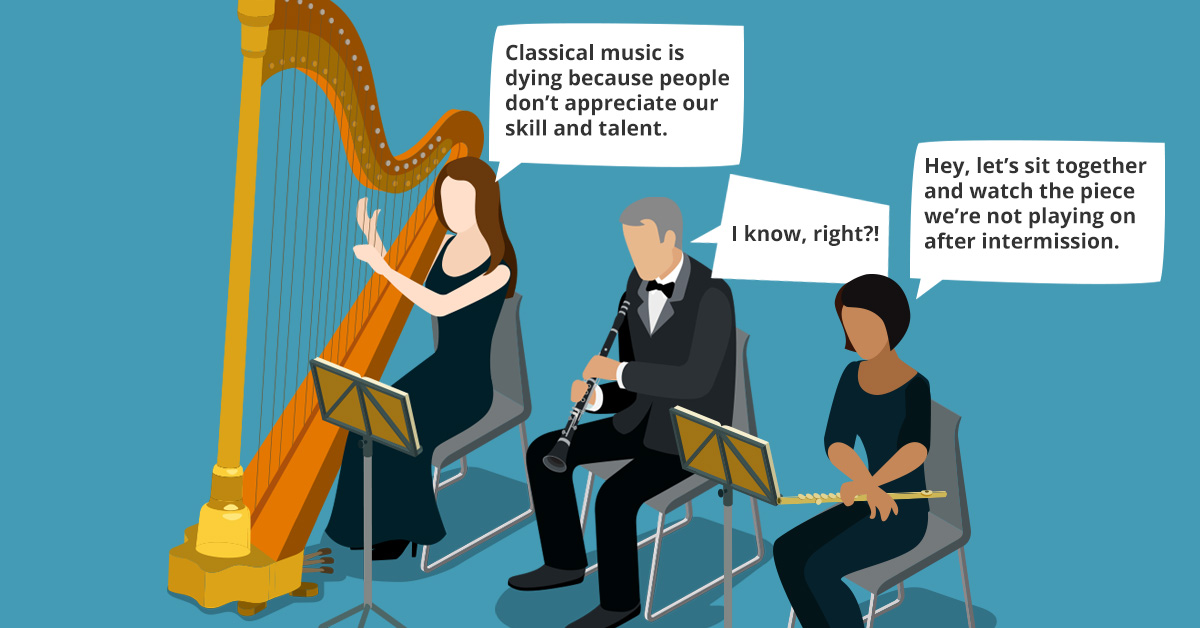It’s one thing to gripe about something and something else to help make things better. In the wake of yesterday’s post about sexual harassment and the employer’s responsibility for creating an atmosphere capable of protecting those who need to file complaints, I published an article at ArtsHacker with some excellent resources you can use to reach those goals, regardless of budget size.
How To Go About Creating A Harassment Reporting Process That Protects Employees
If you want to skip right to the resource examined in that post, you can head over to an article from 11/27/17 by Alicia Schoshinski at nonprofithr.com.
Schoshinski does an excellent job at distilling the key points and providing several tools to help implement some of the more challenging aspects of an effective workplace harassment process that protect victims and maintains dignity for all involved.
I want to thank everyone who took the time to write in with private messages in response to yesterday’s post (and the original version published at Facebook).
The one thing that seems crystal clear is the field can do quite a bit more to help prevent workplace abuses and regardless the budget size, there are tools available to help get the job done.
One of my favorite excerpts from Schoshinski’s article is where she lays it out:
Your organization must not only prepare to handle cases of harassment if and when they occur, but also proactively work to prevent harassment from happening in the first place. Nonprofit human resources professionals have the opportunity––and responsibility––to take the lead in preventing harassment and advocating for and protecting its victims. Take action now, not just because the reputation of your organization is on the line, but because it is simply the right thing to do.
This is an issue that deserves to be taken up by national service organizations and/or major foundations. There is so much these organizations can provide the sector, but currently don’t, in the form of resources, free tools, and training.
In the meantime, be sure to devote some time to Schoshinski’s article.


